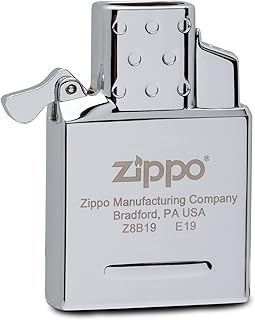Zippo Lighters: A Symbol of Masculinity or a Statement of Individuality?
The Zippo lighter, with its distinctive click and enduring flame, has transcended mere functionality to become a cultural icon. While often associated with rugged masculinity, it's more accurate to say the Zippo represents a blend of both masculinity and individuality.
Arguments for Masculinity:
* History and Imagery: Zippos gained popularity during wartime, particularly among soldiers, further cementing their connection to strength, resilience, and a "no-nonsense" attitude. This historical association has contributed to their perception as a masculine symbol.
* Design and Functionality: The classic design, with its angular lines and metallic finish, evokes a sense of toughness and practicality. The distinct click and reliable flame contribute to this image, highlighting its usefulness and dependability.
* Cultural Representation: Popular media, from films to television, often portrays Zippos as a symbol of masculinity, especially in characters embodying "tough guy" personas.
Arguments for Individuality:
* Customization: The wide range of engravings, designs, and finishes allows for personalization, making each Zippo unique to its owner. This personalization reflects individual preferences and stories.
* Cultural Significance: Beyond their functional purpose, Zippos have become cherished heirlooms, passed down through generations and carrying personal memories and significance.
* Rebellious Undertones: In contrast to disposable lighters, the longevity and robustness of Zippos can be seen as a statement against disposability and mass production.
Beyond the Dichotomy:
It's crucial to acknowledge that the meaning attributed to a Zippo varies based on individual interpretation and context. For some, it might indeed represent traditional masculinity, while for others, it might symbolize rebellion, heritage, or a commitment to quality craftsmanship.
Ultimately, the Zippo lighter is a symbol that transcends simplistic categorization. It is a canvas for individual expression, reflecting both traditional notions of masculinity and the unique stories and identities of its owners.


